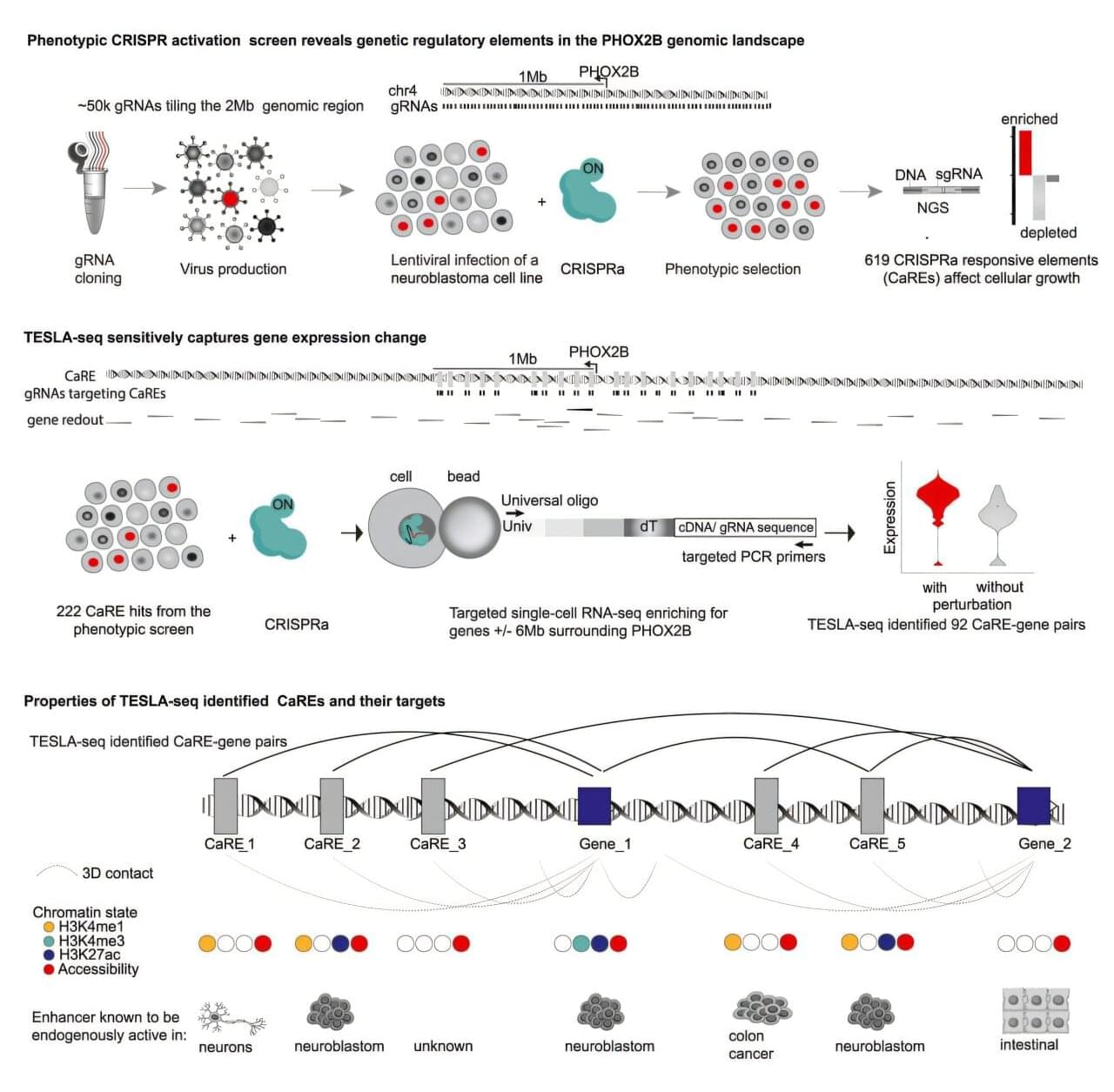Gravitational field equations describing binary black holes can be recast in a form resembling coupled Maxwell’s equations for electrodynamics.
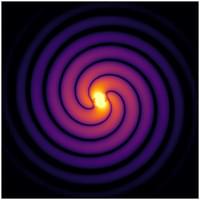

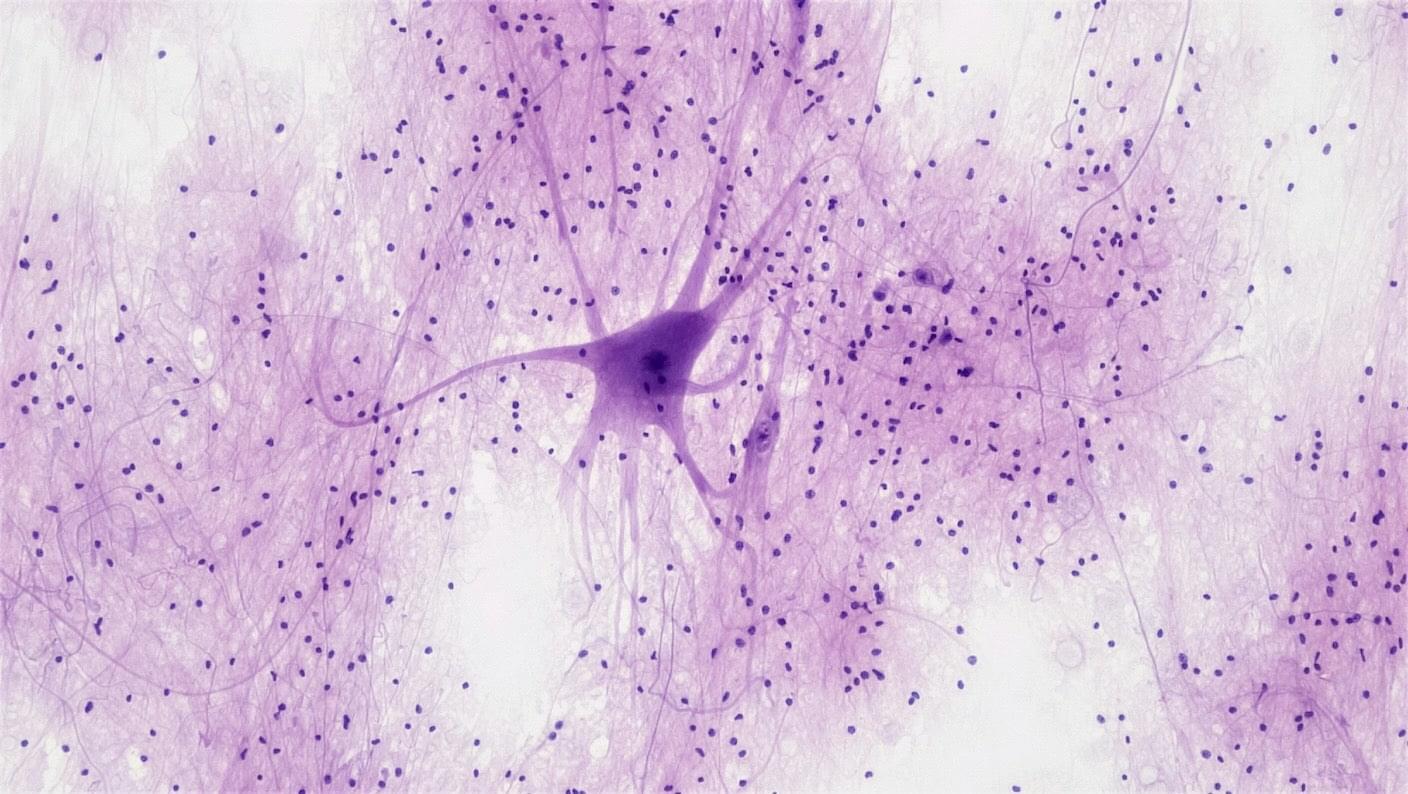
Watching the robot crawl around is amusing, but the study’s main goal is to see if a biohybrid robot can form a sort of long-lasting biological “mind” that directs movement. Neurons are especially sensitive cells that rapidly stop working or even die outside of a carefully controlled environment. Using blob-like amalgamations of different types of neurons to direct muscles, the sponge-bots retained their crawling ability for over two weeks.
Scientists have built biohybrid bots that use electricity or light to control muscle cells. Some mimic swimming, walking, and grabbing motions. Adding neurons could further fine-tune their activity and flexibility and even bestow a sort of memory for repeated tasks.
These biohybrid bots offer a unique way to study motion, movement disorders, and drug development without lab animals. Because their components are often compatible with living bodies, they could be used for diagnostics, drug delivery, and other medical scenarios.
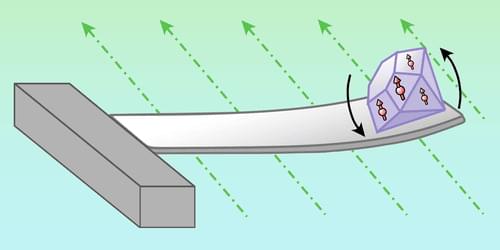
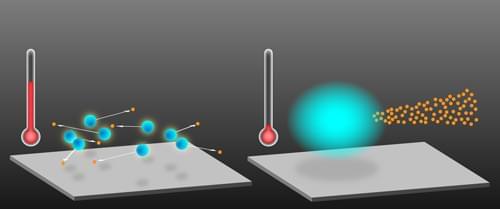
A Bose-Einstein condensate of radioactive atoms could turn into a source of intense, coherent, and directional neutrino beams, according to a theoretical proposal.
Neutrinos are the most abundant massive particles in the Universe, yet they are the ones about which we know the least. What makes these elusive particles hard to study is their feeble interaction with matter—trillions of neutrinos pass through our bodies every second without leaving a trace. However, neutrinos may hold deep secrets about the Universe—understanding their properties could hint at new particles and forces beyond the standard model of particle physics or shed light on why matter came to dominate over antimatter. Despite these tantalizing prospects, some of the most basic questions about neutrinos remain unanswered. To address such questions experimentally, Benjamin Jones of the University of Texas at Arlington and Joseph Formaggio of MIT suggest that a Bose-Einstein condensate (BEC) of radioactive atoms could offer a platform for building a “neutrino laser” [1].

Eric Ghysels made a name for himself in financial econometrics and time-series analysis. Now he translates financial models into quantum algorithms.
Economist Eric Ghysels has spent most of his career fascinated by a fundamental problem in the financial industry: figuring out how to put a price on any financial asset whose future value depends on market conditions. Ghysels, a professor at the University of North Carolina at Chapel Hill, has now set himself a new problem: studying the impact that quantum computing could have on solving asset pricing, portfolio optimization, and other computationally intensive financial problems.
He admits that nobody knows when quantum computers will have commercially viable applications, but, he says, it’s important to invest now. Physics Magazine spoke with Ghysels to learn why.

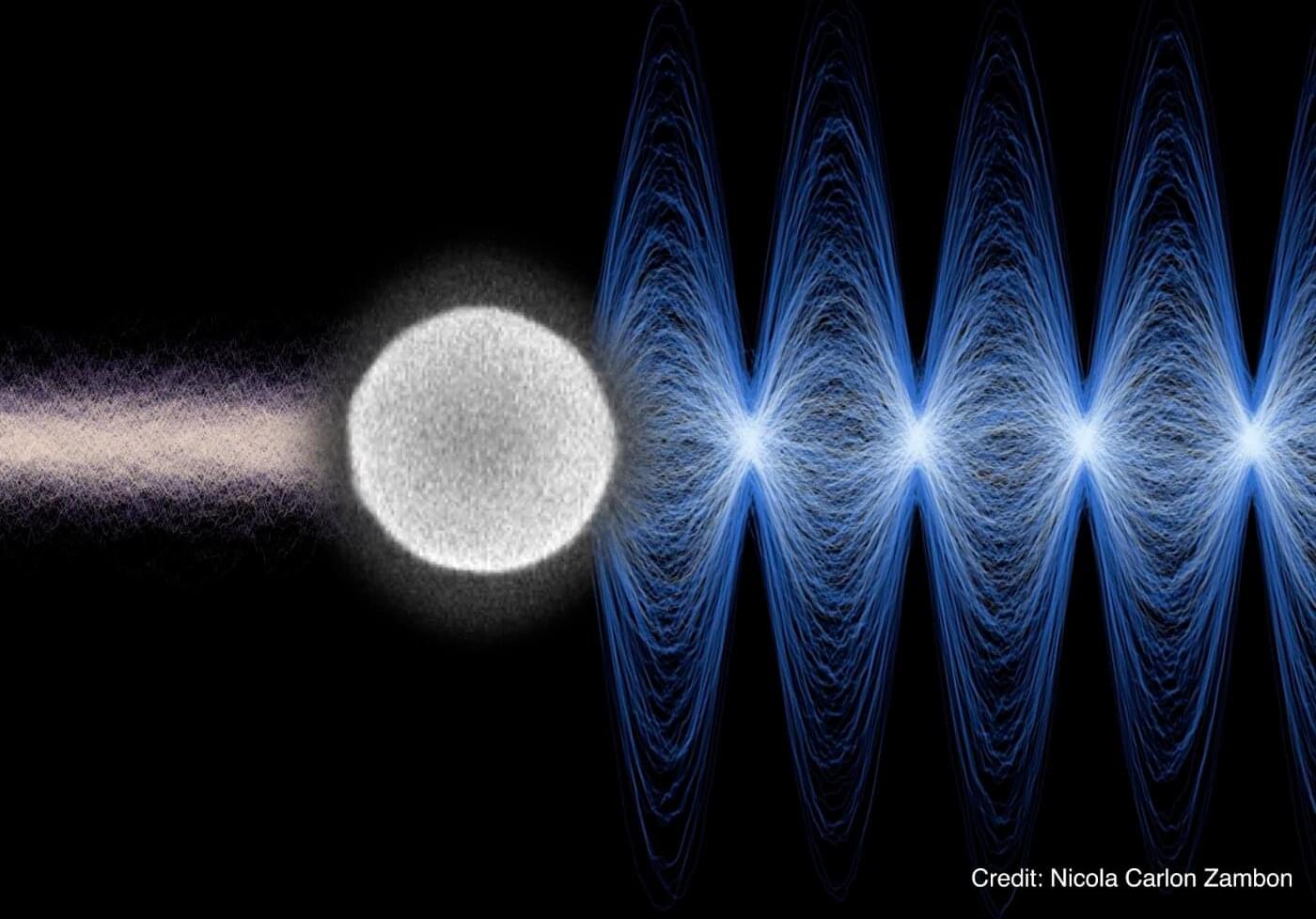
Quantum mechanics theory predicts that, in addition to exhibiting particle-like behavior, particles of all sizes can also have wave-like properties. These properties can be represented using the wave function, a mathematical description of quantum systems that delineates a particle’s movements and the probability that it is in a specific position.
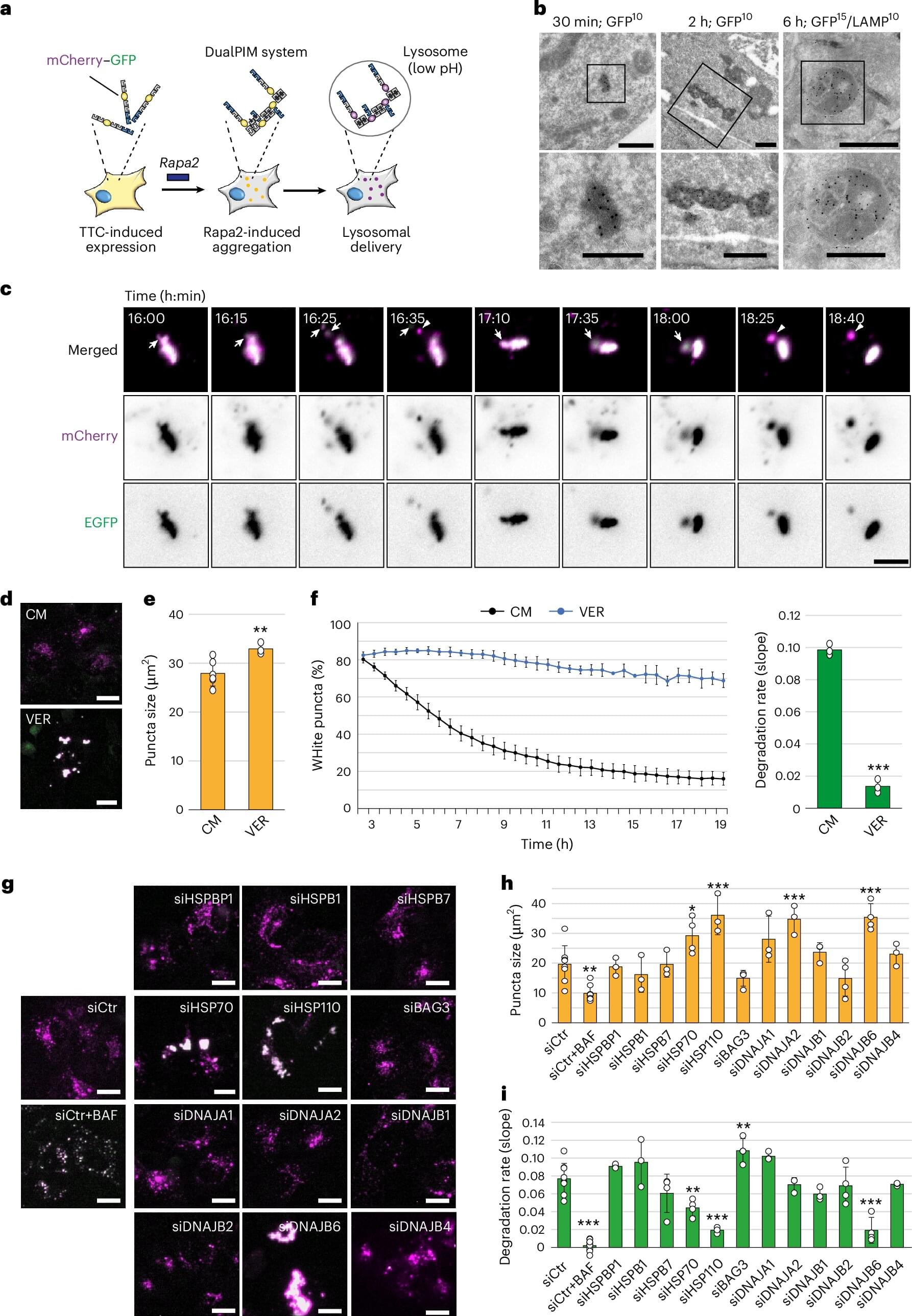
A new study from Aarhus University shows that our cells’ ability to clean out old protein clumps, known as aggregates, also includes a—up till now unknown—partnership with an engine that breaks down bigger pieces into smaller before “taking it to the trash.” An important find for future treatments of diseases like Alzheimer’s, Parkinson’s, ALS and Huntington’s, which are all characterized by the accumulation of protein in the brain.
Imagine you’re about to eat a big pizza. In order to not choke on it, you cut it up into slices and eat it bite by bite. And while you’re chomping down on your slices, cells inside your body are busy slicing the built-up protein clumps into pieces that are more manageable for the body’s trash system—otherwise it would clog up and malfunction.
Researchers from the department of Biomedicine at Aarhus University have just released a new study, which for the first time documents exactly how those clumps of unwanted protein get reduced to smaller pieces before being disposed of by the cells’ garbage disposal system—called autophagy. The work is published in the journal Nature Cell Biology.

